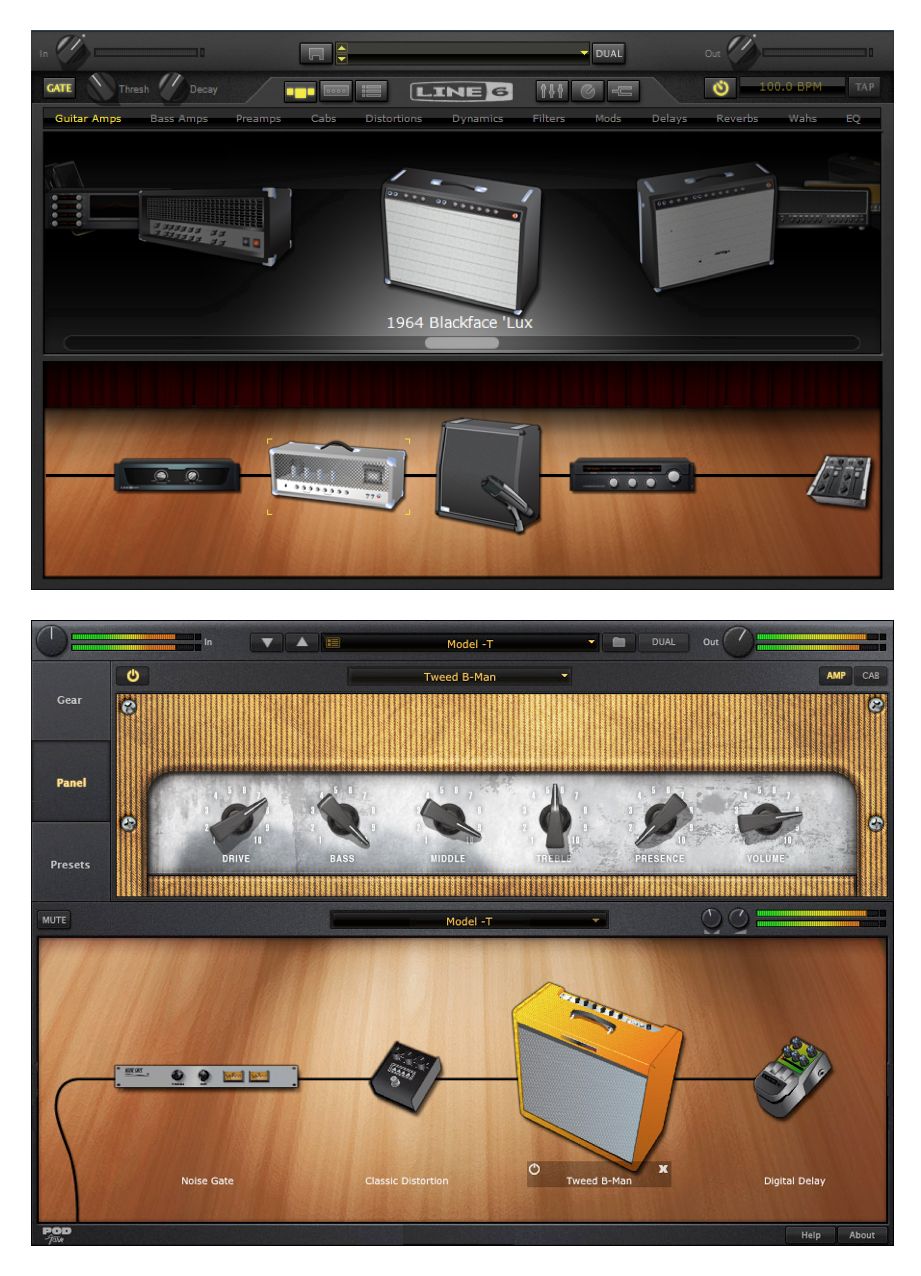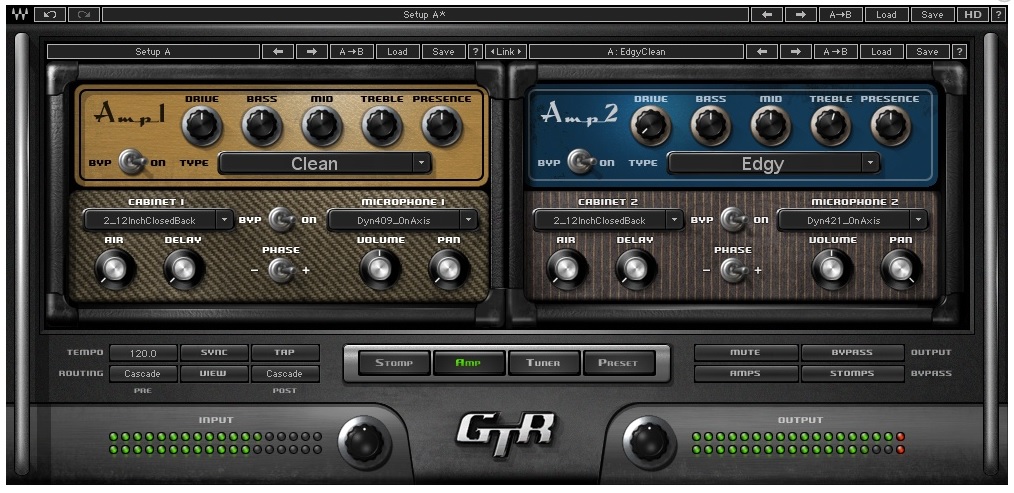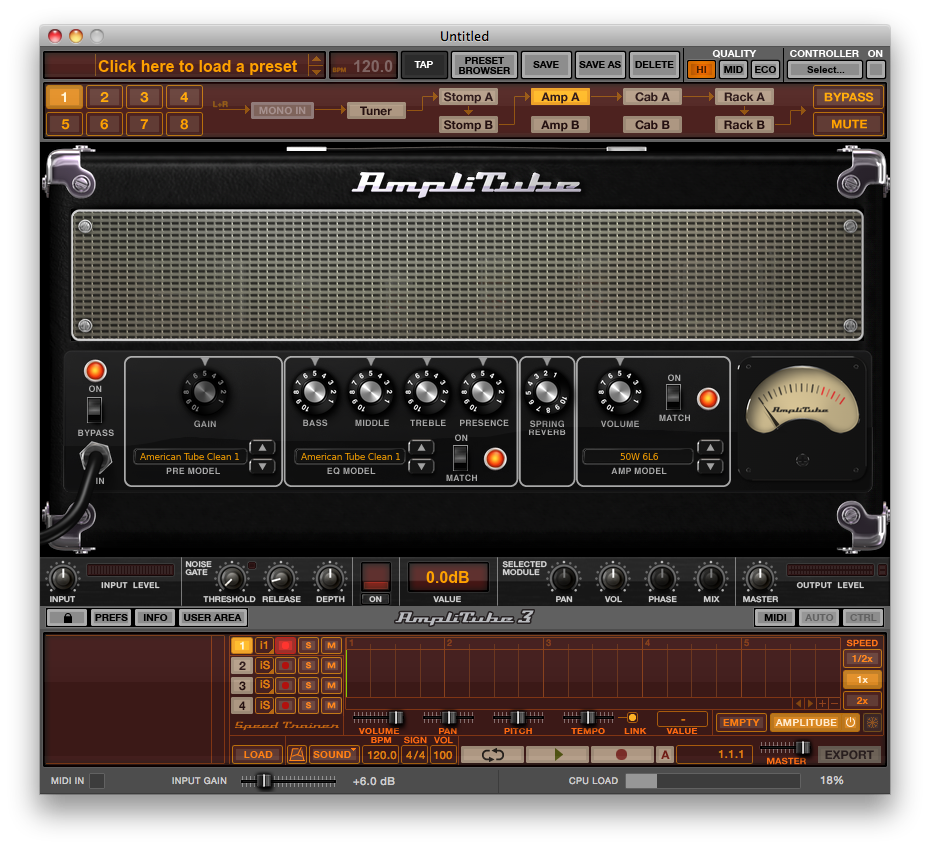

Both approaches are equally valid the former offers greater convenience when auditioning different amps in playback, while the latter offers greater familiarity for those used to working with the real amps on tap.So let’s look at some of the popular software Amp Sims available today. So if you dialed up the same settings on the Sim as on the real thing, you should get (more or less) the same result. While all Amp Sims incorporate graphics suggestive of the originals, some Sims present a consistent panel of controls for all models, while other Sims more closely mimc the originals’ front panels in layout. Also, most (though not all) of the major sims also include effects, and many of the Sims are expandable with additional amp models available as add-ons - there’s more variety there, so I’ll touch on those two aspects individually when appropriate. And there’s always a selection of virtual mics with adjustable virtual mic positions.

Some people feel the IR cabs have a more open, natural quality. Sims also all provide individual mix and match cabinets, either modeled in software or based on Impulse Responses of real cabinets. Naturally, all Amp Sims have a collection of amps (some more, some fewer), including classic amps (Fenders, Marshalls, Vox, Mesa-Boogies) and/or boutique/high-gain modern amps. Since most Amp Sims have a similar overall feature set, I’ll first run down a list of things they all have in common and then focus more on what distinguishes each product in particular. This article will take a brief look at 7 or so of the top Amp Sims currently available. Then software emulations of all these components are arranged into a virtual signal path, which ideally will not only sound like but also respond dynamically to the player’s touch the same way the real thing does.

Component, or point-to-point modeling technology analyzes the contribution of all the elements of an amp - the electronic circuitry, the tubes, the speakers and even the mics used to record amp tones. Modern Modeled Amp Sims do a great job of providing the tone and response of real amps.


 0 kommentar(er)
0 kommentar(er)
